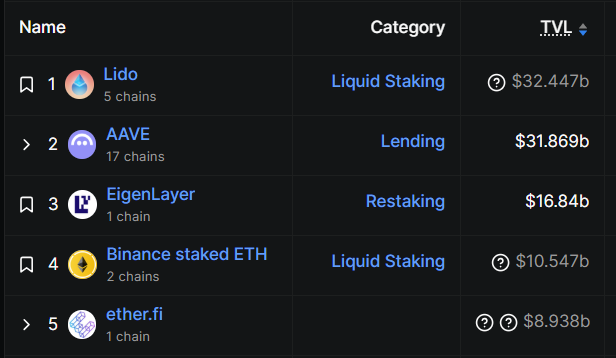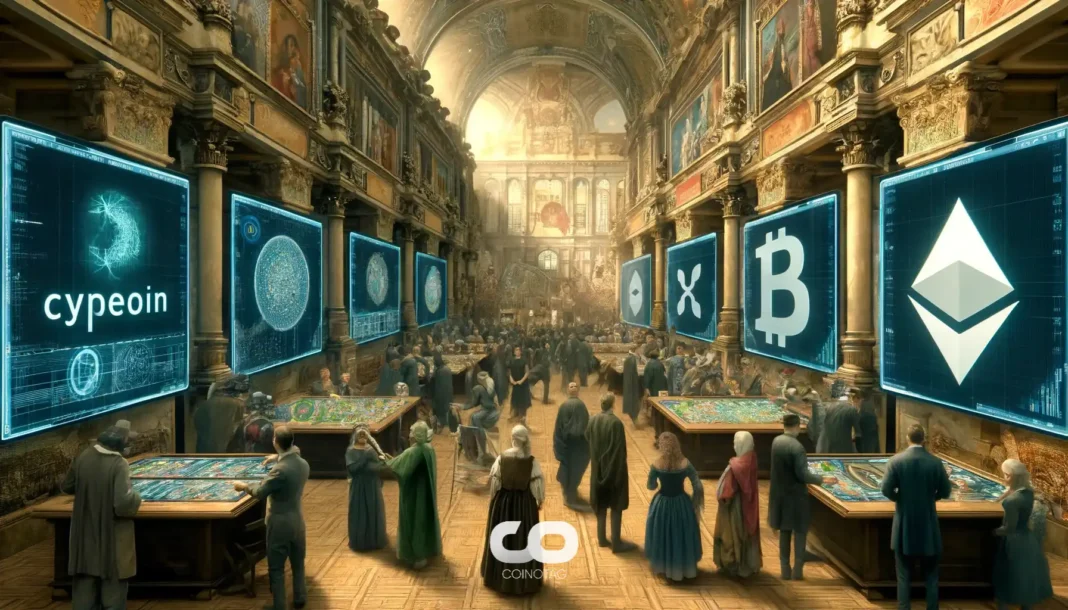-
Decentralized Finance (DeFi) has experienced a significant resurgence, with its total value locked (TVL) soaring to $137 billion, reflecting a 57% recovery from the April low.
-
This growth is fueled by renewed institutional interest and a broader rally across the cryptocurrency market, signaling increased confidence in DeFi protocols.
-
According to DeFi analyst DeFi Kenshi, “Capital is flowing towards structured yield, and TradFi players like Fintechs are starting to pay attention to DeFi again. This is a very different DeFi than what we saw in 2021.”
DeFi TVL rebounds 57% to $137B amid institutional interest and market rally, with Ethereum leading and protocols like Aave and Lido driving growth.
DeFi TVL Surges 57% Since April Low, Reaching $137 Billion Amid Market Optimism
Recent data from DeFiLlama reveals that the total value locked in DeFi protocols has climbed to approximately $138 billion, marking a substantial 57% increase from the April trough of $87 billion. This rebound highlights a renewed investor appetite for decentralized financial services, driven by both retail enthusiasm and growing institutional participation. The surge aligns with a broader crypto market upswing, suggesting a potential shift towards a bullish cycle in the sector.
Ethereum remains the dominant force within DeFi, accounting for around 60% of the TVL, or roughly $80 billion. Other prominent blockchains such as Solana, Tron, Binance Smart Chain, and Bitcoin contribute between $5 billion and $9 billion each, underscoring a diversified ecosystem. Key sectors propelling this growth include lending, liquid staking, and restaking, with protocols like Aave, Lido, and EigenLayer leading the charge.
Key Protocols Driving DeFi Growth: Lending, Staking, and Restaking
The lending sector, exemplified by Aave, has demonstrated remarkable strength, recently surpassing $50 billion in cumulative deposits. This milestone underscores Aave’s role as a foundational infrastructure layer within DeFi. Simultaneously, liquid staking platforms like Lido maintain a significant share of Ethereum staking, while emerging restaking solutions such as EigenLayer are gaining traction, collectively locking nearly $50 billion in assets.

DeFi Kenshi highlights a paradigm shift in the sector: “Capital is flowing towards structured yield, and TradFi players like Fintechs are starting to pay attention to DeFi again. This is a very different DeFi than what we saw in 2021.” This renewed interest from traditional finance players signals increasing legitimacy and maturation of the DeFi space.
Challenges and Future Outlook: Bridging the Gap to All-Time Highs
Despite the impressive recovery, DeFi’s TVL remains approximately 30% below its all-time high of $177 billion, recorded in November 2021. Crypto analyst Wajahat Mugha notes several bullish indicators that could help the sector surpass previous peaks. These include stronger Bitcoin performance, a 50% expansion in the stablecoin market, and the emergence of innovative protocols like Ethena Labs.
Mugha also emphasizes the resilience of established platforms such as Aave and the rapid growth of Solana-based DeFi projects. He observes a strong correlation between Ethereum’s price performance and DeFi TVL, stating, “[There is] still another 30% to go to break last cycle’s high. Interesting that ETH is 30% away from its own ATH too – there’s a strong correlation here considering how many of the top DeFi protocols TVL is based on ETH.”
Conclusion
The DeFi sector is demonstrating robust recovery and evolving maturity, driven by institutional interest and diversified protocol growth. While TVL has rebounded significantly, the market still has room to grow before reclaiming its previous highs. Continued innovation in lending, staking, and restaking, alongside expanding stablecoin liquidity and stronger underlying blockchain performance, positions DeFi for sustained expansion. Investors and market participants should monitor these developments closely as the sector navigates its next growth phase.





